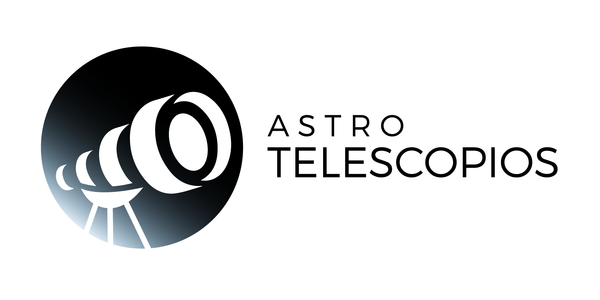
The Importance of Aperture in Telescopes: Why is it so Crucial?
In the fascinating world of astronomy, choosing the right telescope can seem overwhelming. When shopping for one, you've probably come across technical terms like “aperture,” “focal length,” or “magnification.” Among them all, aperture is arguably the most determining factor in assessing the quality of a telescope. Why is it so important? Let's explore it in detail.
What is the Aperture of a Telescope?
The aperture of a telescope is the diameter of its primary lens or mirror, the component that collects the light. In a refracting telescope, this aperture corresponds to the lens at the front, while in a reflecting telescope it refers to the primary mirror at the back.
The aperture is measured in millimetres (mm) or inches, and can vary in size from a few centimetres to over a metre in advanced telescopes. However, the most common apertures in amateur telescopes are between 70 mm and 300 mm.
Why is openness so important?
The amount of light a telescope can collect directly depends on the size of its aperture. This means that the larger the aperture, the more light it can collect, which is essential for observing faint and distant celestial objects such as galaxies, nebulae and star clusters.
- Light Collection: Astronomy is, in many ways, the art of collecting light. Most objects in the night sky are extremely faint, so a telescope with a good aperture is needed to observe them. A larger aperture will allow the telescope to collect more photons, thus producing brighter, more detailed images.
- Resolution and Detail: A telescope's resolution refers to its ability to distinguish fine details. A telescope with a larger aperture has better resolution, which is crucial for viewing details of planets and double stars. A telescope with a larger aperture can resolve smaller details, giving sharper, more defined images.
- Effective Magnification: While aperture is not directly related to magnification, it does influence the maximum useful magnification you can use. The larger the aperture, the greater the telescope's ability to handle high magnifications without losing image quality. This is especially helpful for planetary or lunar observations.
How to Choose the Right Aperture?
The proper aperture depends on several factors, including the type of objects you want to observe, your budget, and the portability of the telescope.
Planetary and Lunar Observing: If your primary interest is planets and the Moon, an aperture between 70mm and 150mm may be sufficient to capture interesting details.
Deep Sky Observing: For observing more distant and faint objects, such as galaxies and nebulae, an aperture of 200mm or larger will be ideal, although this will increase the size and weight of the telescope.
Budget and Portability: Cost and portability are important considerations. Telescopes with larger apertures tend to be more expensive and less portable. For many hobbyists, a telescope with an aperture between 100mm and 200mm offers a good balance between viewing capability and maneuverability.
Final Thoughts on the Aperture of a Telescope
If you're a beginner, don't be swayed by aperture size alone. Other factors, such as optical quality, mount, and intended use of the telescope, are also important. However, understanding the importance of aperture will help you make an informed decision and choose the telescope that best suits your astronomical interests.
We hope this article has helped you better understand the crucial role of aperture in telescopes and that when you visit Astro Telescopes, you feel more confident in choosing the perfect telescope. Happy observing!
